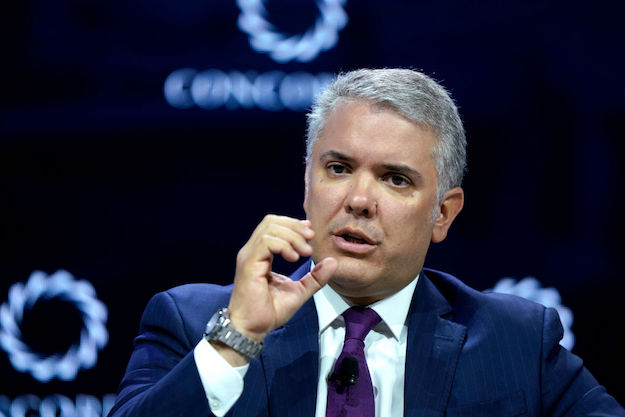The announcement by Havana that it would release five political prisoners “who would travel to Spain with their families,” and another 47 during the next three or four months, has been credited to efforts by Spanish Foreign Minister Miguel Ángel Moratinos and Cuba’s archbishop, Cardinal Jaime Ortega.
But neither Cardinal Ortega, nor Minister Moratinos would have had any possibility of “negotiating” the prisoners’ release, if it were not for the willingness of the Cuban opposition to continue its struggle despite harassment, beatings, imprisonment, and even death. And it remains to be seen what happens when prisoners to be released insist on staying on the island.
Foremost among the real heroes who pressured the regime to release prisoners was a 42-year-old Afro-Cuban bricklayer, Orlando Zapata Tamayo. As a political prisoner, Zapata shook the world with a hunger strike which, after the regime denied him water for several days, ended in his death. Free Cubans outside the island called on the world to denounce the crime in
But the release does not free all political captives, which is estimated by some as more than 200 and by Freedom House as 167. The Cardinal, Moratinos and the Cuban government have yet to make any reference to their fate. Discussions have also yet to focus on eliminating from Cuba’s penal code such crimes as “dangerousness” (if the government thinks you are dangerous it sends you to jail), “enemy propaganda” (the possession of books on political transitions around the world or of such classics as George Orwell’s Animal Farm) or “economic crimes” such as the selling of poultry or vegetables by peasants outside the government structures.
In brief, Raúl Castro was angered by the opposition’s growth and steadfastness, and by the international attention they and
As for U.S.-Cuban relations, Raúl’s move helps the regime because it provides some ammunition to those in the U.S. Congress trying to soften
Minister Moratinos made it clear that he intends to use the release of the prisoners to convince the European Union to end its “Common Position on
So in an Orwellian turn of hand, the regime, with Madrid’s assistance, does not see the release of the prisoners—all prisoners of conscience who should not have been in prison for seven years in the first place—as the beginning of the serious reforms requested by world leaders such as President Barack Obama, Chancellor Angela Merkel, former President Václav Havel, and former President Óscar Arias. Instead, this move is the opposite: the final act in the complete isolation of the Cuban opposition.
(Homepage photograph by Calidonia Hibernia.)





